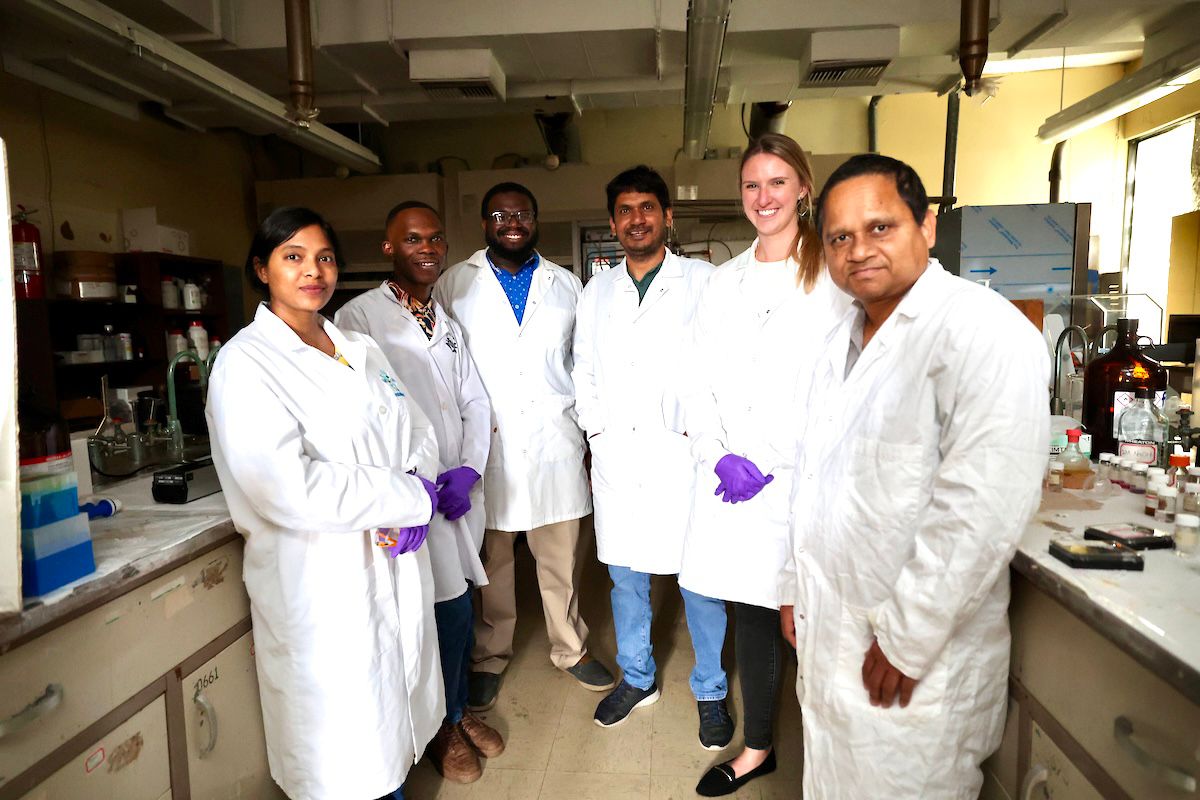
A Nigerian scholar, Olorunsola Kolawole, and a team of researchers have developed a novel strategy for removing per- and polyfluoroalkyl substances (PFAS) from water samples. Kolawole is a doctoral student of chemistry at Jackson State University, United States, whose research is focused on the design of nanomaterials for biomedical and environmental applications.
Discussing the purpose of his work on PFAS, Kolawole highlighted its prevalence as a contaminant in many U.S. water bodies and stated that PFAS has been linked to diseases such as cancer, liver damage, and fertility issues. He supported his claim by citing a recent Environmental Protection Agency (EPA) report which revealed that 45 per cent of U.S. tap water contains “forever chemicals” like PFAS. He further emphasized that PFAS contamination is a global issue, as studies have detected these substances in various environments worldwide.
He explained that PFAS enter water bodies through their widespread use in consumer products such as non-stick cookware, clothing, food packaging, and firefighting foam, leading to their extensive release into the environment. Further emphasizing the significance of his work, he noted that these compounds are notoriously difficult to break down, causing them to accumulate in the environment over time.
In collaboration with his research group, Kolawole developed a porous nanoplatform based on graphene oxide, incorporating fluorine atoms and amino groups to enhance the material’s affinity for PFAS. Kolawole said: “the nanoplatform proved effective in removing both short-chain PFAS, such as perfluorobutanoic acid (PFBA) and perfluorobutanesulfonic acid (PFBS), and long-chain PFAS, including perfluorohexanesulfonate (PFHxS) and perfluorononanoic acid (PFNA).” “The nanoplatform interacted with PFAS through electrostatic, hydrophobic, and fluorophilic interactions, enabling efficient removal of both short- and long-chain PFAS,” he added. Kolawole further stated: “The material demonstrated superior adsorption capacity and removal efficiency compared to other novel nanomaterials designed for PFAS remediation. Additionally, the nanoplatform effectively removed moxifloxacin antibiotics and waterborne pathogens like Salmonella and Escherichia coli from contaminated water samples”.
Kolawole pointed out that the research findings have been published in ACS Omega, a high-impact peer-reviewed scientific journal published by the American Chemical Society. The article, titled 2D Fluorinated Graphene Oxide (FGO)-Polyethyleneimine (PEI) Based 3D Porous Nanoplatform for Effective Removal of Forever Toxic Chemicals, Pharmaceutical Toxins, and Waterborne Pathogens from Environmental Water Samples, details the innovative approach and results.
He stated: “Our findings demonstrate that the nanoplatform holds significant promise for removing chemical and biological toxins and enhancing access to safe drinking water. However, we are still in the initial stages of developing it for practical applications.” Looking ahead, he added, “We intend to explore the use of the nanoplatform for the complete removal of various PFAS, antibiotics, and pathogens at environmentally relevant concentrations in real water matrices.”






